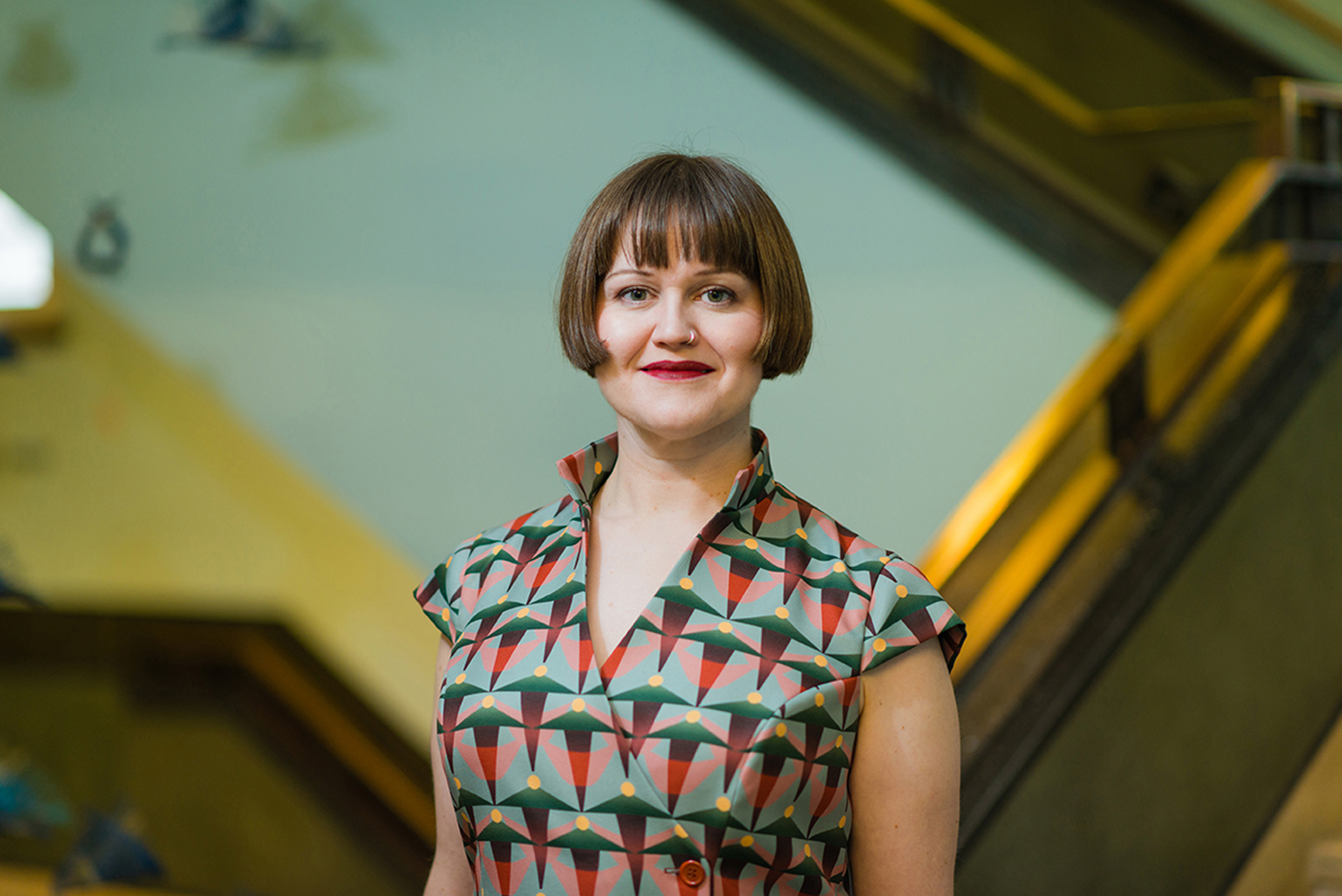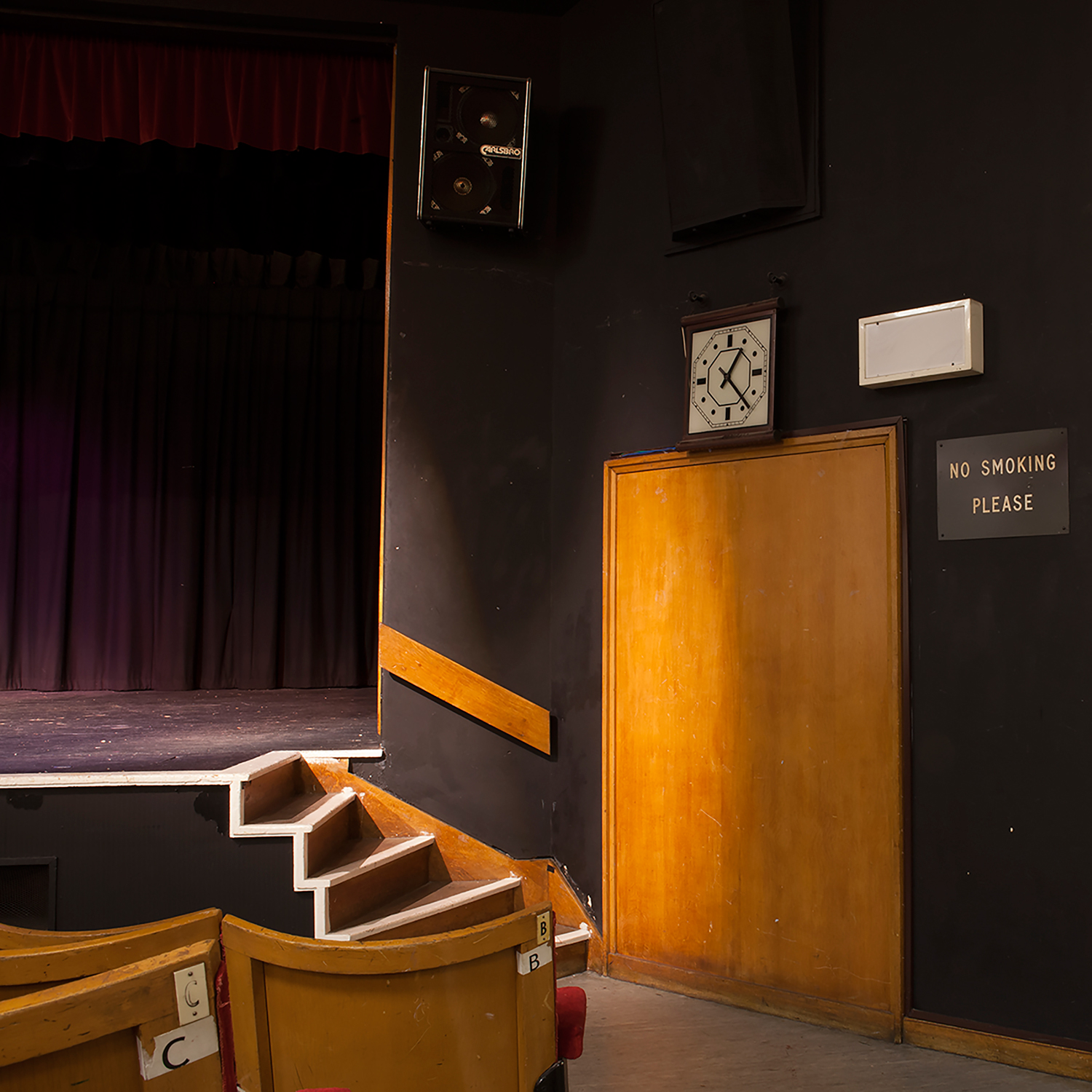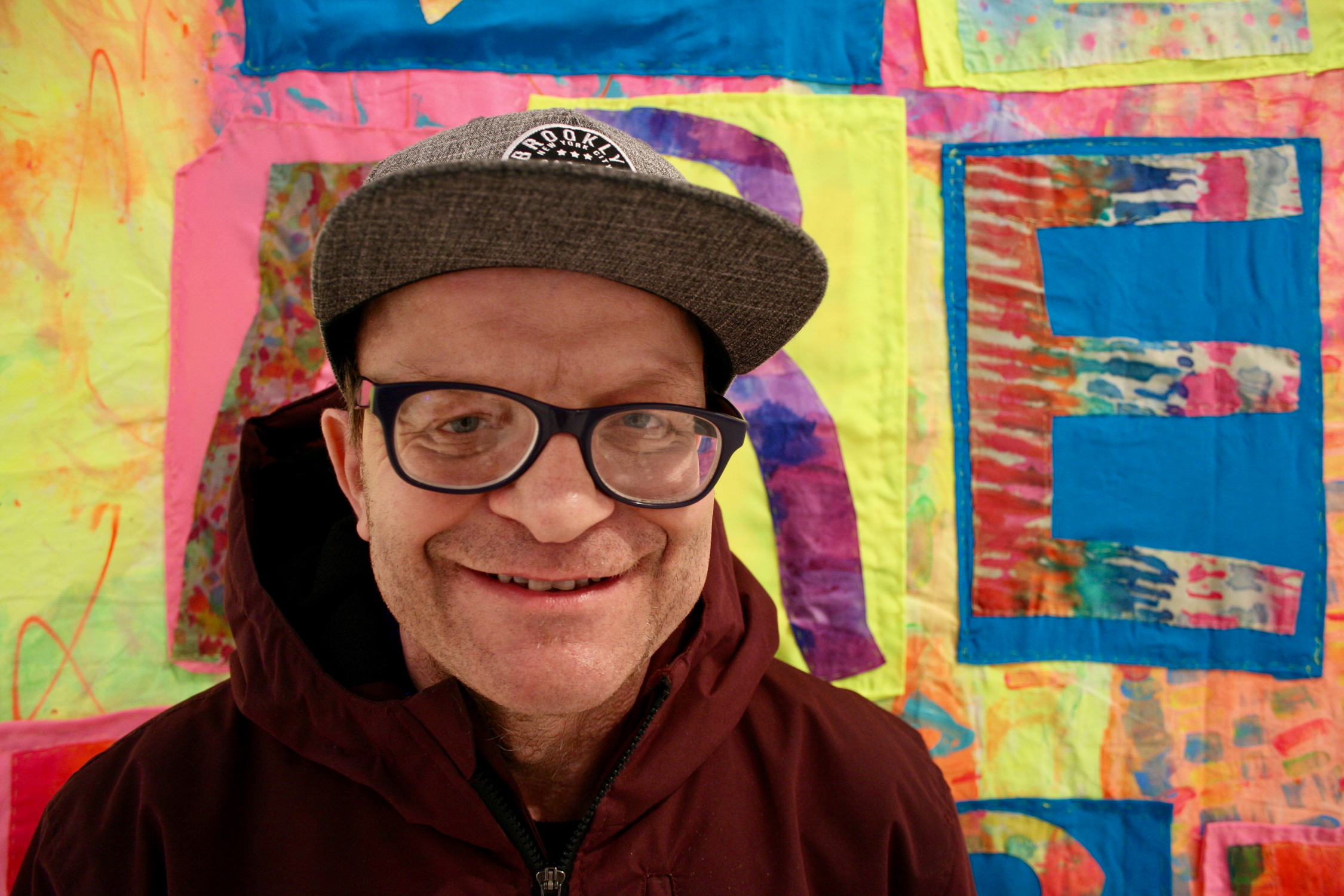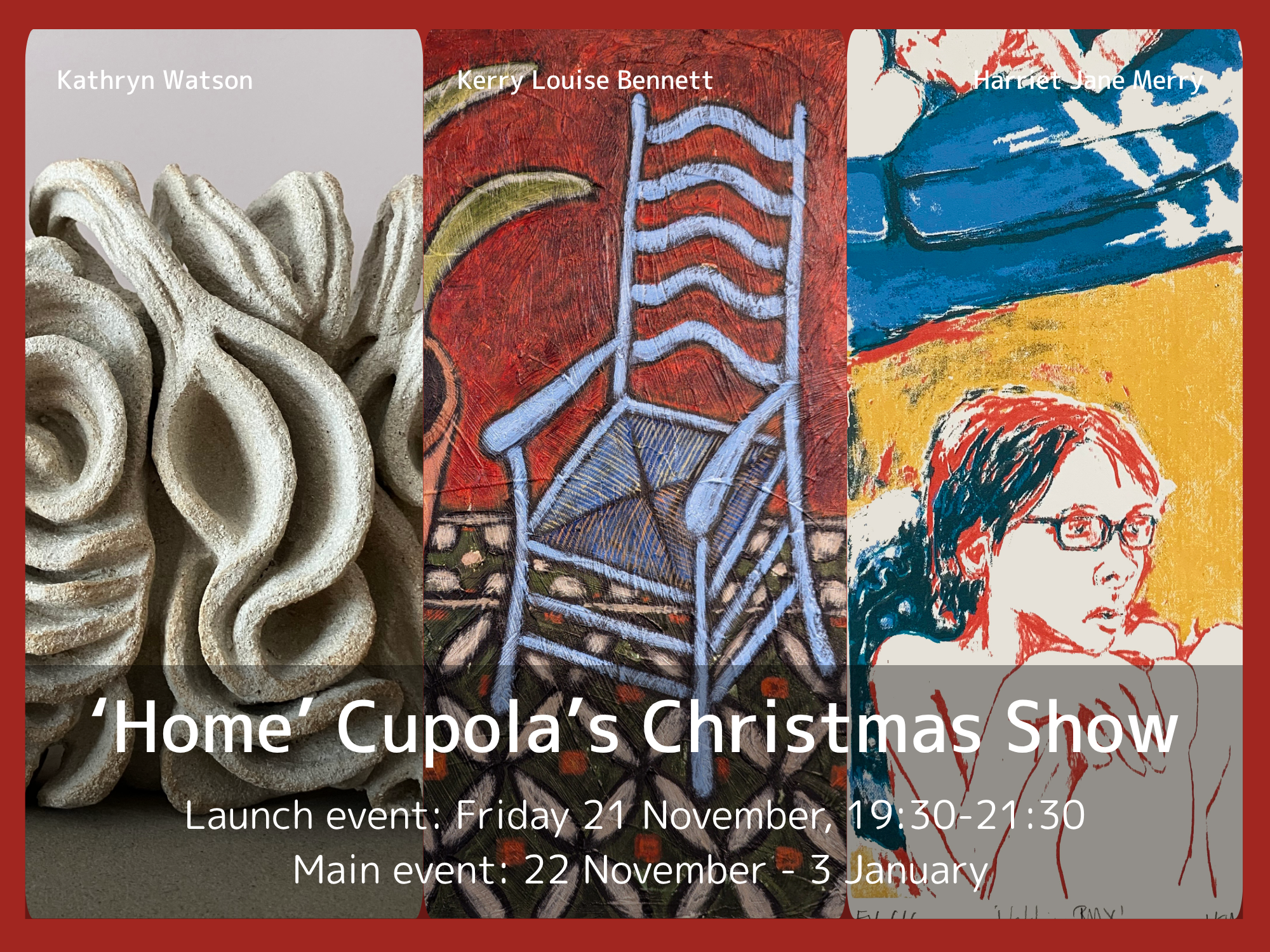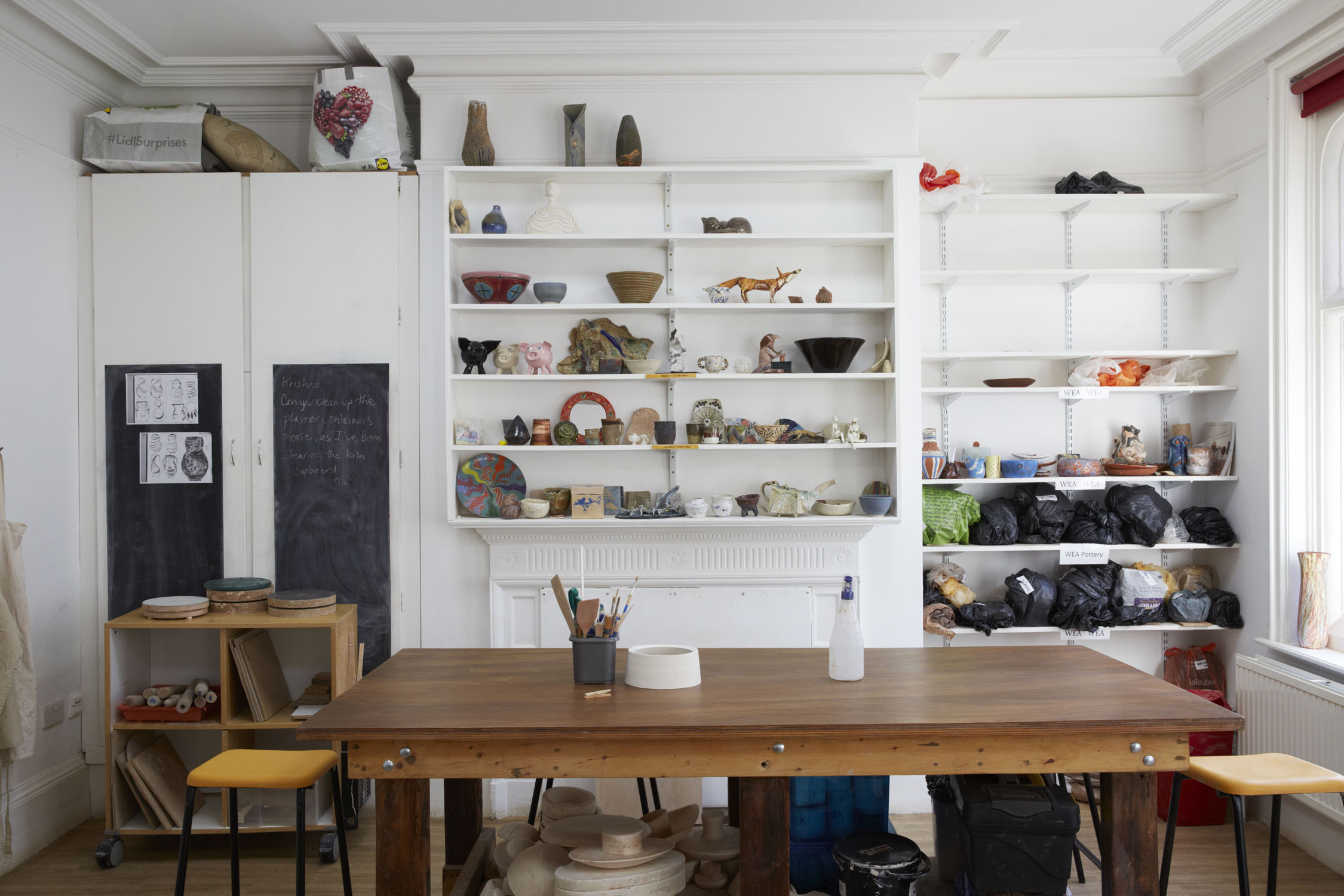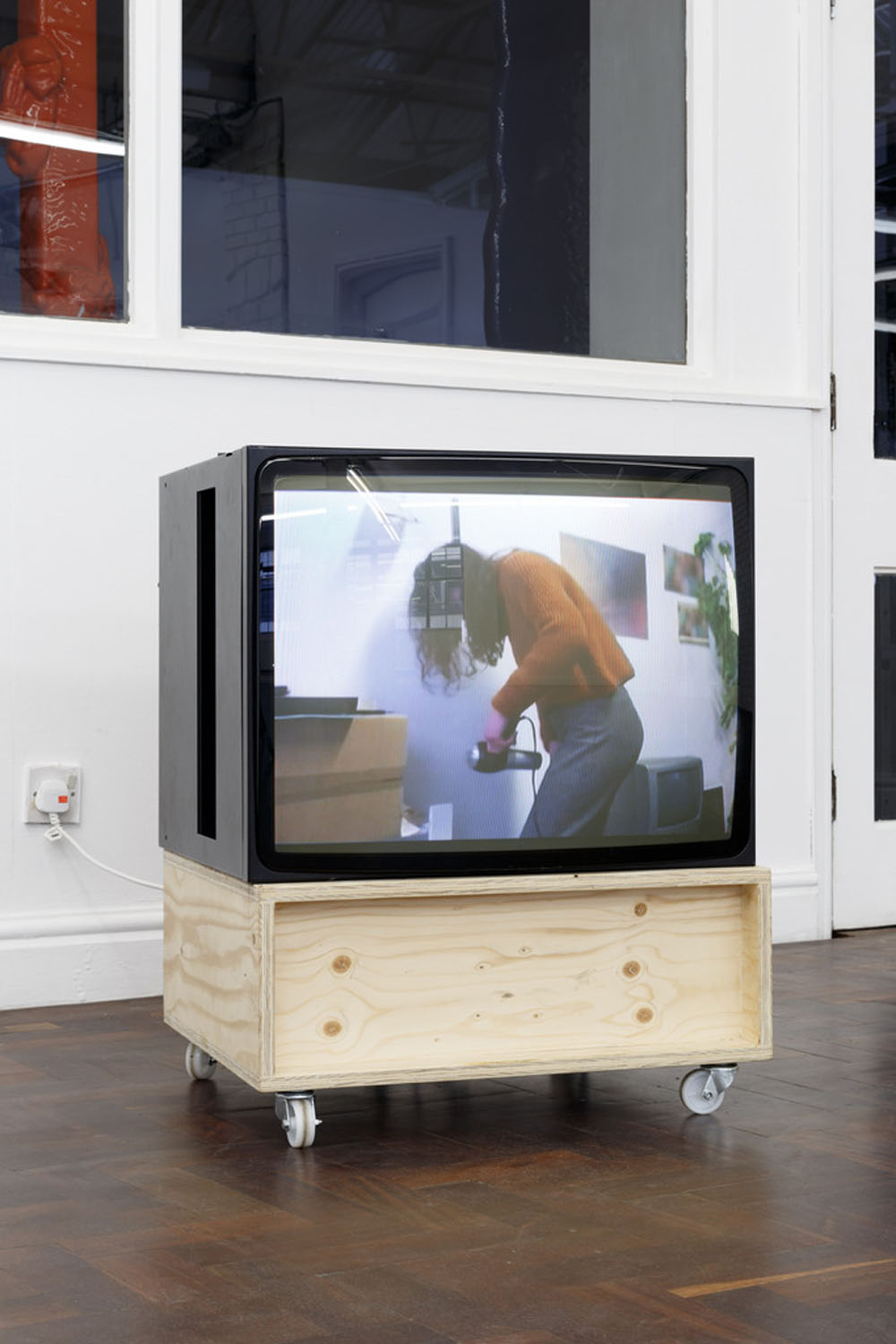Alison J Carr’s work is instantly recognisable. Despite the fact that she works across photography, performance, sculpture and film, all of her work retains a very particular aesthetic, pulling from theatre sets, the glamour and politics of the showgirl, and her explorations of sites of performance.
Alison moves between realms of glamour and imperfection, power and vulnerability. Her performance works often entail her dancing on her own or choreographing a collective of dancers to execute moves reminiscent of musicals and theatrical shows of exuberance. Recently Carr performed the work Two Songs (a cappella) at Bloc Projects, singing extracts from her own writing to the tune of numbers including the 1979 Bob Fosse musical All That Jazz.
In 2018 Alison was awarded a place on the Freelands Artist Programme, a development opportunity for a select number of artists based in Sheffield led by Site Gallery and in partnership with Bloc Projects, S1 Artspace, Yorkshire Artspace and Museums Sheffield. Supported by the Freelands Foundation, this programme is aimed at elevating the work of some of the most exciting artists currently working in the city, and Alison certainly fits the bill.
Alison's intelligent approach to art-making results in a combination of visually spectacular photographic and performative works, and intimate moments of contemplation in her film making. Her work is often situated across areas beyond the gallery – so keep an eye out for one of her performances coming to a venue near you!
How would you describe your work?
I make artworks (visual and performance) that enable reflection on how entertainment and artwork differ. I use the figure of the showgirl and theatres as part of my visual vocabulary to talk about how these contexts enable and constrain women, about how women display themselves professionally, and maybe how we can think about bodily display and entertainment as less restrictive. I scour the past through historical research into archives and visiting old buildings to think about the original contexts and wonder what has lingered on to today. My work comes from a long process of research and experimentation in order to give audiences details that might stay with them – hooks that stay lodged in their minds. My hope is that my work contains both hauntings of the past and the potential of what can happen next. And of course, it takes a careful look at glamour and gilded architecture.
How do you choose the themes you work with?
A long time ago, in 2005, I found a tin full of cigarette cards at a car boot sale. The mini pin-ups caught my eye and I bought all 10 of the cards depicting female performers. Since then, I’ve taken up the challenge of working out what female bodies on show is about. I’ve followed several different avenues of enquiry, and each one leads me back to my original questions and broadens them out. So for me there is a sense of continuum, even though my work takes many different forms now (such as photographs, collages and live performances).
What are you working on at the moment?
I am continuing to shoot theatre interiors in the north that were built between 1860 and 1930 – some of my existing photos are on show at Bloc Projects until 31st August. Recently I’ve been thinking about an audio piece that can sit alongside these photos, so I’ve been trialling singing theory and my own writing, some of which I am doing live in the space. For new video works, I am searching for former Tiller Girl dancers, and trying to organise dates for my own dance troupe to perform to camera. I am also researching Modern architecture particularly stairs and paternoster lifts.
I'm creating some works on paper, including collages and paintings, and thinking about how I could make them into a video work. And I'm involved in a collaboration with an art historian, Ellery Foutch, about the illustrator Zoë Mozert, which is informing how I am approaching my works on paper.
There are lots of things that I am developing concurrently – they all fit together and I’m having fun thinking about what I'll make and work on. I get really excited about the possibilities for my work.



